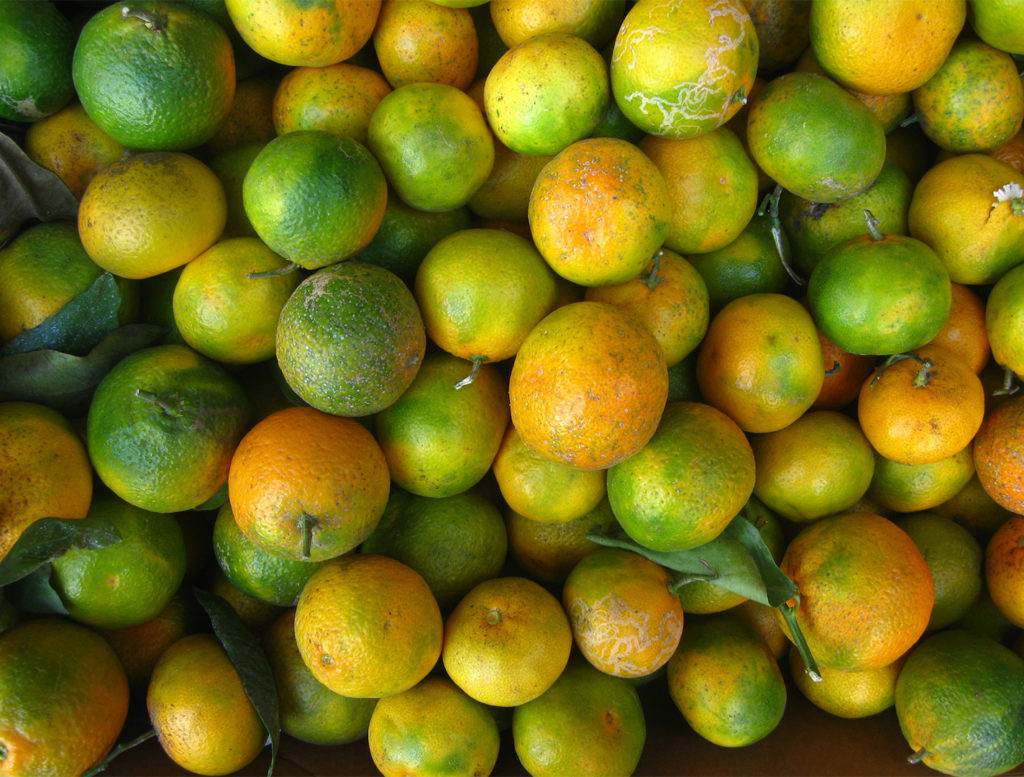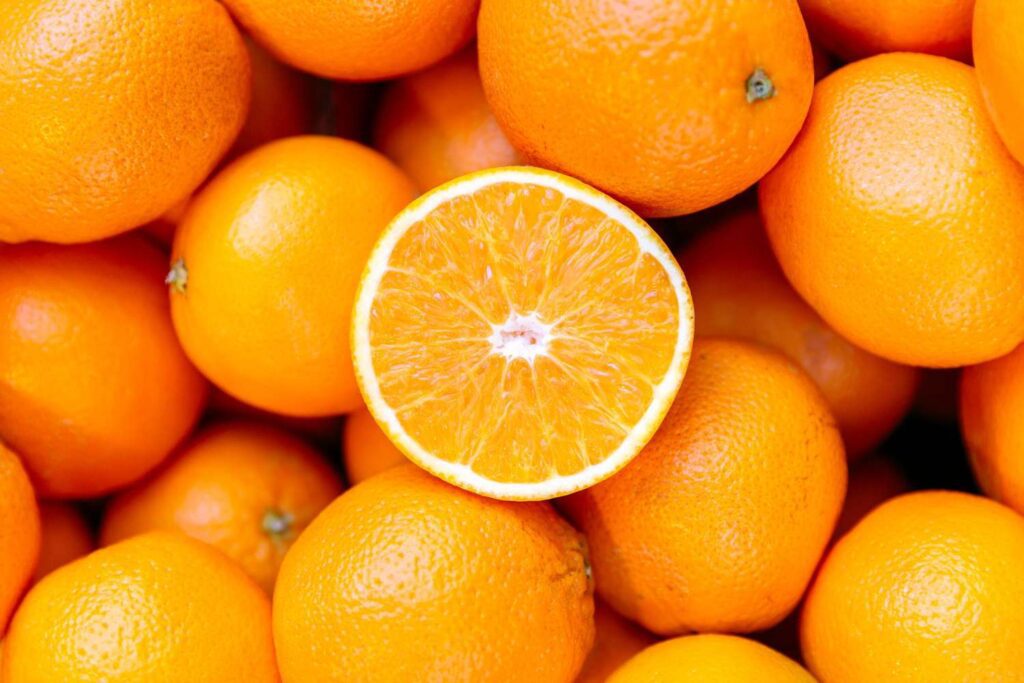I don’t think I have to introduce Orange to any of you. They are very popular and easily available fruit that is relatively cheap and available multiple times a year. They are delicious fruits that will often help you through your diet. Are you wondering how? When you are on a restrictive food cycle-like diet, you will have a lot of cravings. While you can entertain most of the cravings you have by making or procuring a better or healthy version of that particular dish or product, the only craving you can’t possibly entertain is cravings for sweets. Orange is one of that orange colour fruit that will help you to satisfy your sweet cravings without compromising your diet.
But, our today’s problem is not that, right? Today you clicked on this article because you were intrigued. You wanted to discover why I even posed such a ridiculous question, right? Well, possibly by the end of this article, you will have to change your mind. Are you sure all of your oranges are really orange in colour? Well, let’s examine, shall we?
A glance into Orange
Orange has a complicated history due in part to the fact that it is not a wild fruit. Rather, it is a carefully crafted cross between mandarin and pomelo. Northeastern India, southern China, and possibly Indochina are contenders for the countries that first cultivated the Orange. Citrus cultivation was practised by several ancient civilizations, including the Chinese, Indians, Jews, Persians, Arabs, Greeks, and Romans, to name a few. Citrus seeds, cultivation techniques, and technology were frequently traded-or forcibly acquired in the event of war. The Andalusian period began in the 13th century and was one of the most prosperous for oranges.
Oranges are now one of the world’s most widely cultivated fruits. So now, let’s come back to the topic. So are oranges really orange in colour? Now you will probably be thinking that they are named Orange, so they have to be orange in colour, right> But is that the story behind the name of an orange? Well, let’s dig a bit, shall we?
Are oranges named so because of their colour?


Well. There is a very simple answer to this question. No. Oranges are not named Orange because of their colour. Are you astonished? Well, as we began to describe oranges as Orange, we may have thought that it was because of their colour and forgotten about the history behind its naming. So, let me remind you why Orange is named Orange and why it has nothing to do with its orange colour.
The term orange comes from the Sanskrit term naranga. ‘Orange tree’ was addressed with the word naranga. This Sanskrit word reached European languages via Persian, and its Arabic derivative, Orange, spread across various nations. Later, as time passed, the word entered Late Middle English via Old French orange in the 14th century. This French word is derived from Old Provençal auranja, based on the Arabic word.
The initial n in earlier word forms was dropped in several languages because it was possibly mistaken for part of an indefinite article ending in an n sound. This linguistic shift is known as juncture loss. The colour was named after the fruit, and the word Orange was first used as a colour name in English in 1512. So as we have cleared, that Orange is not named because of the colour orange, but the colour orange was named so because of the colour of the fruit; let’s finally address our topic.
Are all Oranges orange in colour?
Again one can answer this question fairly easily. No, all oranges aren’t orange. The orange colour in oranges can be attributed to a specific group of molecules called carotenoids. Their unique chemical structure ensures light is reflected, so we perceive the Orange as Orange! Carotenoids are pigments that vary in colour from white to yellow to Orange. As such, they don’t just give oranges their orange colour but are responsible for many colours in the citrus fruit family.


It’s not just one type of carotenoid that colours a piece of fruit. Instead, it’s generally a mix of carotenoids that make up a final colour. Scientists have identified several hundred different types of carotenoids. Some of the most important carotenoids responsible for their colour in oranges tend to be violaxanthin and auroxanthin.
It’s also why not every Orange is the same colour as Orange. They might contain slightly different concentrations or slightly different types of carotenoids. That means not all the oranges that come into your hand are oranges. Many of them will be dyed or coloured Orange to appear more Orange in colour. Yup, based on the place of production and time of harvest, rip and proper Orange can even be proper green in colour. So, in conclusion, Orange is not always orange in colour. As we have reached this point, let me introduce you to a product with plant pigments that are actually beneficial for your health.
Nutriplus DailyHealth
Nutriplus DailyHealth is an organic superfood. It is produced from the extracts of Aphanizomenon flos-aquae (AFA), a species of blue-green algae harvested from the pristine Klamath Lake, USA. AFA provides our body with the building blocks of healthy nerve cells, thereby boosting our nervous system. This product also has multiple active ingredients in it, which will help in the improvement of our health and vitality. Some are natural bioavailable vitamins, minerals, essential amino acids, antioxidants, phytonutrients and plant pigments. So, make conscious choices for a healthy future and stay happy.
Also Read:
Egg Bonda; a Perfect Tea Time Snack





